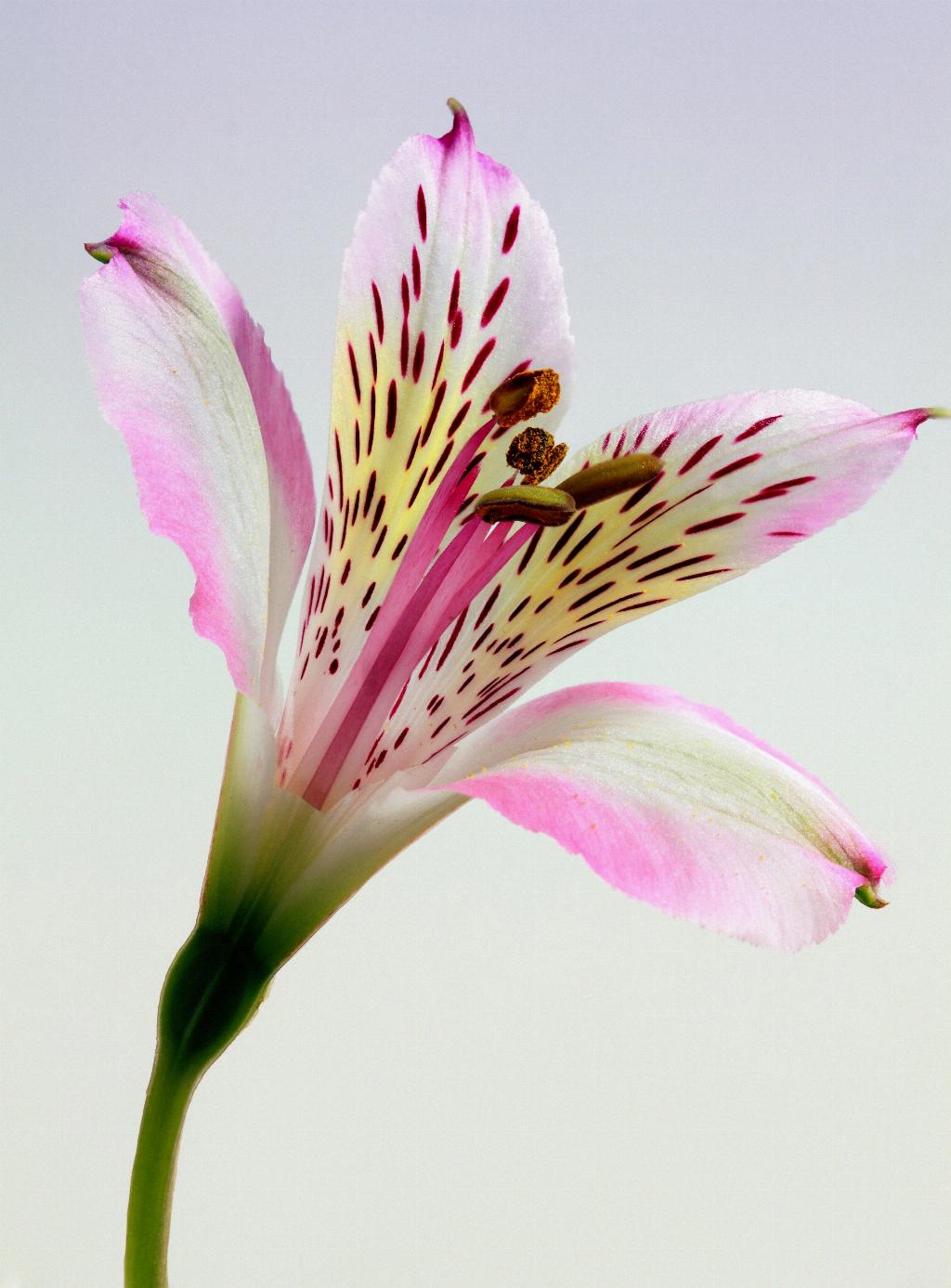When it comes to the debate on whether or not to deadhead lilies, it’s essential to understand the impact of this practice on the overall health and blooming potential of these beautiful flowers. Deadheading is simply the removal of spent flowers from a plant, and in the case of lilies, it can have both aesthetic and practical benefits.
Enhanced Aesthetics
One of the primary reasons to deadhead lilies is to improve the overall appearance of the plant. By removing fading or wilted flowers, you can maintain a neat and tidy garden bed or container, enhancing the visual appeal of your lilies and creating a more polished and attractive display.
Promotion of Repeat Blooms
Deadheading lilies can also stimulate the production of additional flowers. By removing spent blooms, you encourage the plant to channel its energy into generating new flower buds, leading to extended and sometimes multiple blooming periods throughout the growing season.
Prevention of Seed Formation
Another benefit of deadheading lilies is the prevention of seed formation. When lilies are left to develop seed pods, they expend energy on seed production that could otherwise be directed towards the growth and development of the plant itself. By deadheading, you redirect this energy back to the roots, bulbs, and foliage.
Promotion of Health and Vigor
Deadheading lilies not only promotes the plant’s aesthetic qualities and blooming potential but also contributes to its overall health and vigor. By removing spent flowers, you reduce the risk of fungal diseases, pest infestations, and other issues that can arise from decaying plant material.
Encouragement of Rhizome Growth
Moreover, deadheading lilies can encourage rhizome growth, especially in perennial varieties. By eliminating the need for seed production, the plant can allocate resources towards strengthening its underground rhizomes, ensuring a robust and resilient root system that will support future growth and blooming.
Timing and Technique
When it comes to deadheading lilies, timing and technique are crucial. It’s best to wait until the flowers have faded and withered naturally before removing them. Using clean and sharp scissors or pruners, cut the flower stem just above a set of healthy leaves, ensuring a clean cut that minimizes the risk of disease.
Considerations for Lily Varieties
While deadheading is generally beneficial for most lily varieties, there are a few exceptions to consider. Some lilies, such as martagon lilies, produce seed pods that are an integral part of their life cycle, and removing them may hinder their ability to propagate. It’s essential to research the specific needs of your lily variety before deadheading.
Personal Preference and Garden Goals
Ultimately, the decision to deadhead lilies comes down to personal preference and your garden goals. If you value a tidy and prolonged blooming display, deadheading can be a simple and effective practice to incorporate into your gardening routine. However, if you prefer a more naturalistic approach or are growing lilies for their seed production, you may choose to forgo deadheading.

Conclusion
In conclusion, the question of whether or not to deadhead lilies is a nuanced one that depends on your aesthetic preferences, gardening objectives, and the specific needs of your lily variety. Understanding the benefits and potential drawbacks of deadheading can help you make an informed decision that will ensure the health, vitality, and beauty of your lilies for seasons to come.
